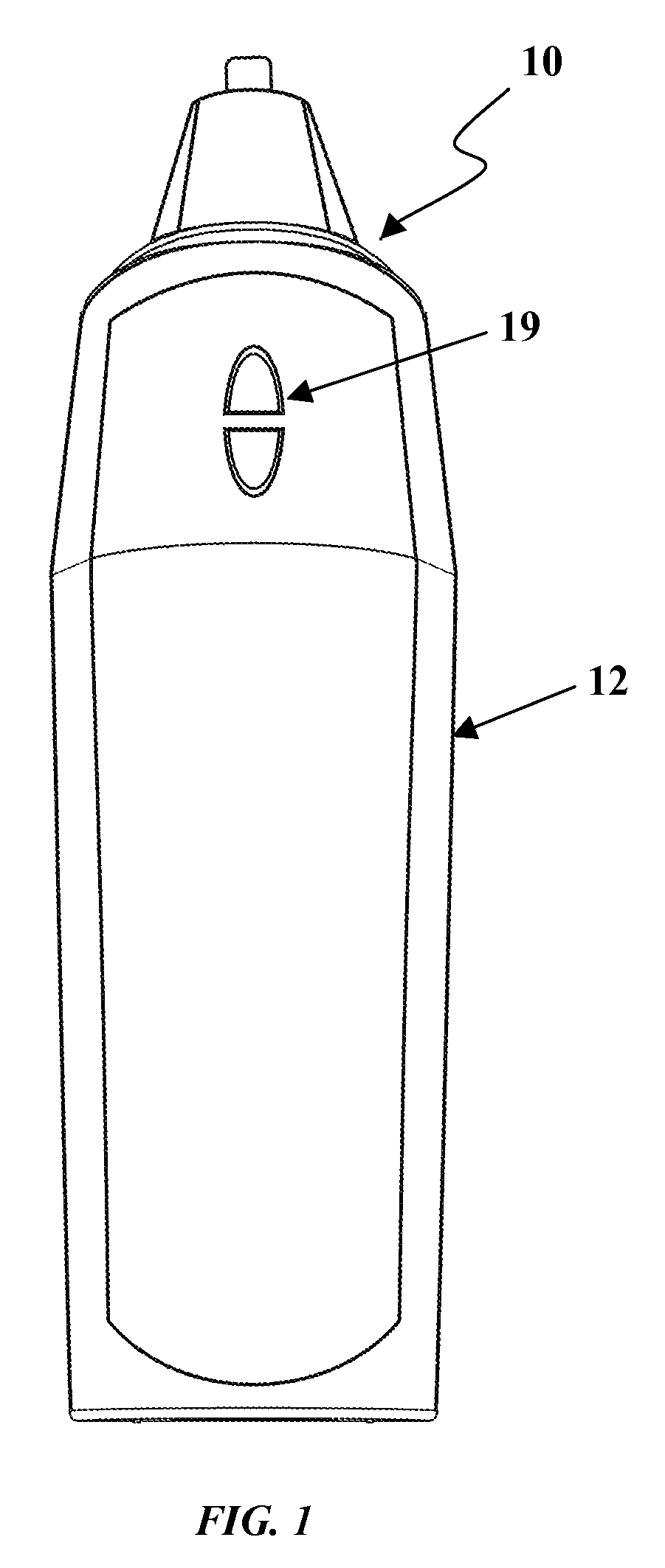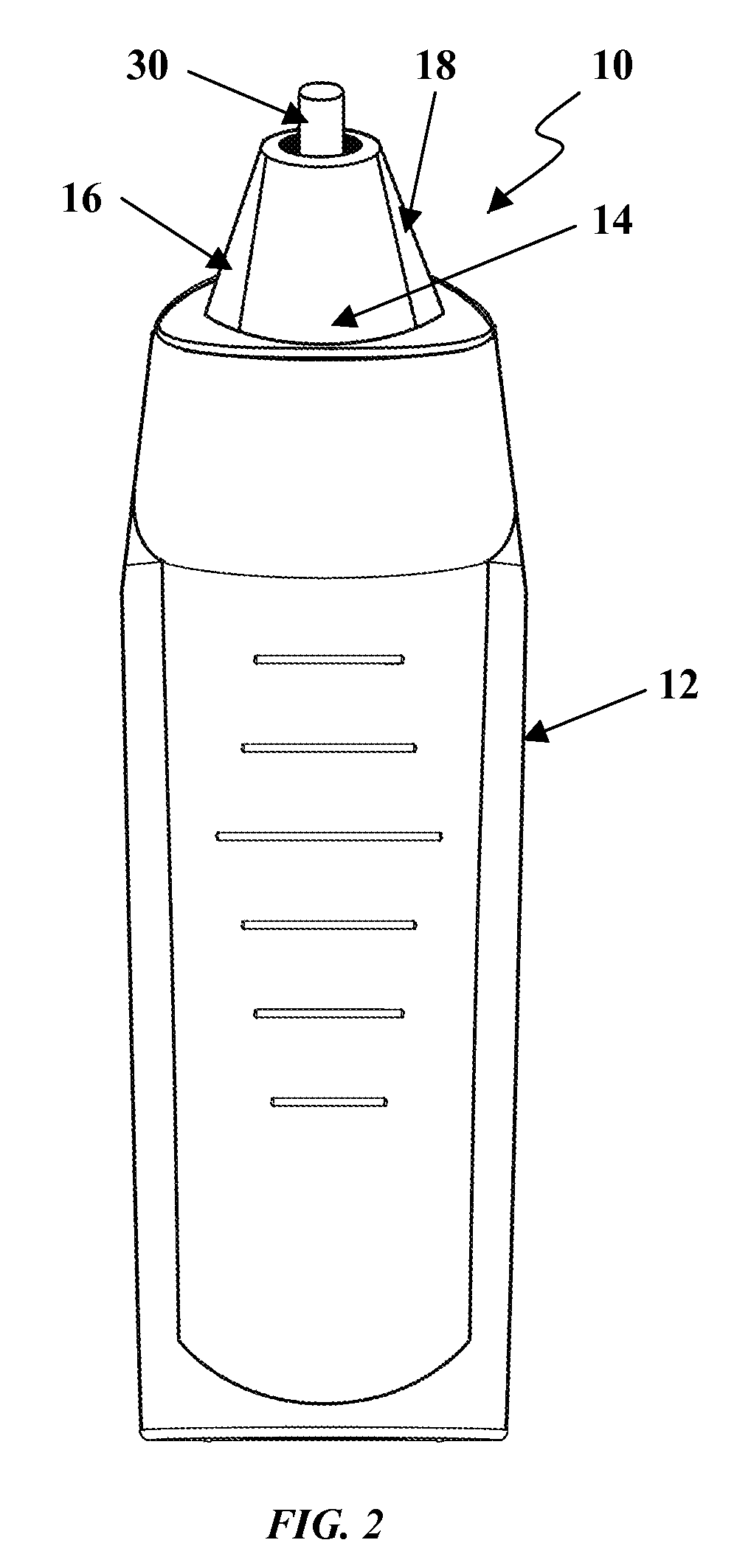Apparatus and methods for controlling and applying flash lamp radiation
a technology of flash lamp radiation and apparatus, applied in the field of medicine and the use of flash lamp radiation, can solve the problems of localized itching and swelling of tissue, increase in mucus production, etc., and achieve the effect of preventing tissue damage and not burning or otherwise damaged
- Summary
- Abstract
- Description
- Claims
- Application Information
AI Technical Summary
Benefits of technology
Problems solved by technology
Method used
Image
Examples
Embodiment Construction
[0022]Embodiments of the present invention will now be described with references to the accompanying Figures, wherein like reference numerals refer to like elements throughout. The terminology used in the description presented herein is not intended to be interpreted in any limited or restrictive manner, simply because it is being utilized in conjunction with a detailed description of certain embodiments of the invention. Furthermore, various embodiments of the invention (whether or not specifically described herein) may include novel features, no single one of which is solely responsible for its desirable attributes or which is essential to practicing the invention herein described.
[0023]One of the many embodiments of the device is a handheld device, such as shown in FIGS. 1-5. Preferably, the handheld device 10 is fully self-contained with a housing 12 having within it a battery power source (not shown) and control circuitry (exemplary circuitry is illustrated in FIG. 6 and includ...
PUM
 Login to View More
Login to View More Abstract
Description
Claims
Application Information
 Login to View More
Login to View More - R&D
- Intellectual Property
- Life Sciences
- Materials
- Tech Scout
- Unparalleled Data Quality
- Higher Quality Content
- 60% Fewer Hallucinations
Browse by: Latest US Patents, China's latest patents, Technical Efficacy Thesaurus, Application Domain, Technology Topic, Popular Technical Reports.
© 2025 PatSnap. All rights reserved.Legal|Privacy policy|Modern Slavery Act Transparency Statement|Sitemap|About US| Contact US: help@patsnap.com



